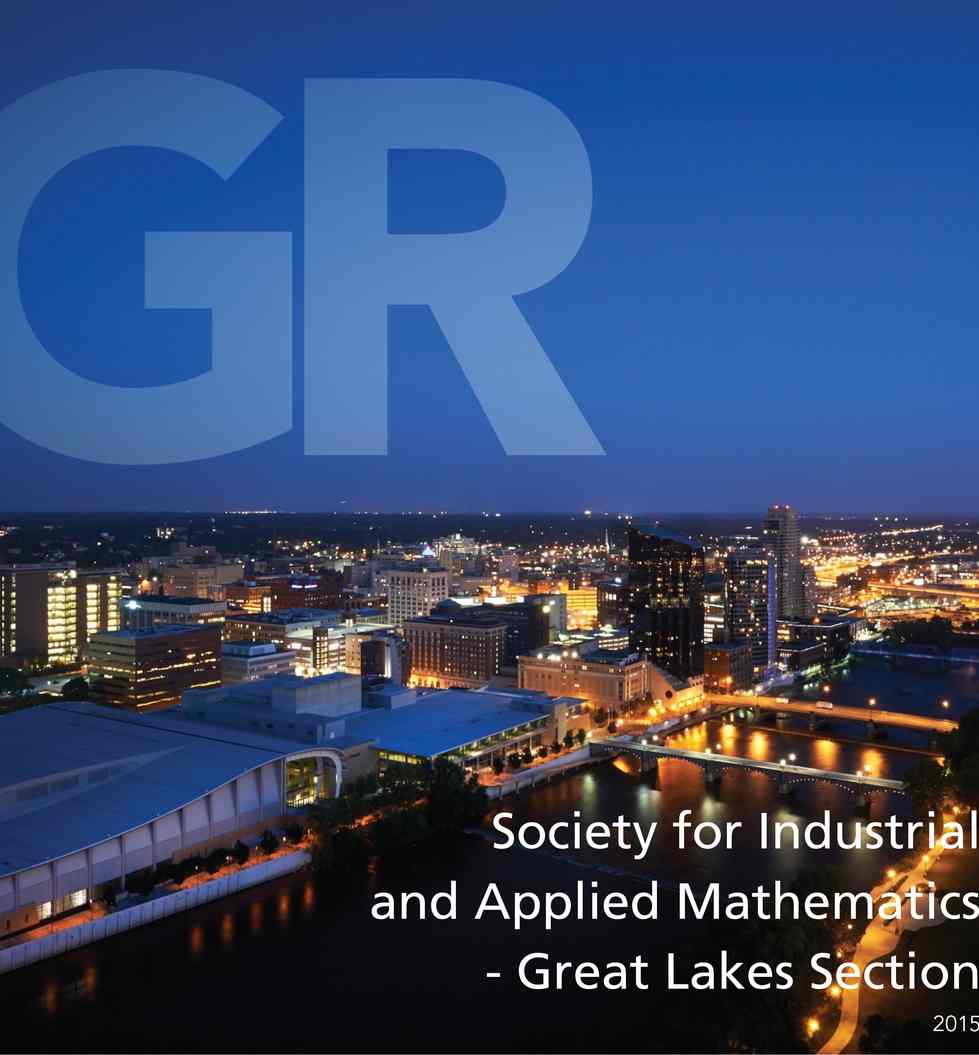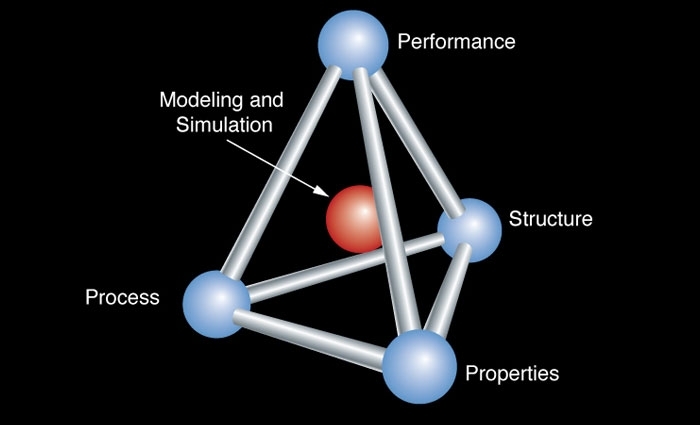Conference Overview
by Salim M. Haidar
Since the advent of modern computing, a new intellectually rich discipline has emerged as the third pillar of scientific inquiry standing alongside theoretical and empirical science. In effect, Computational Science and Engineering (CSE) is revolutionizing the state of modeling nature from atoms to complex systems with profound positive impact on transcendent technologies of our time and future product development. These modeling problems are characterized by having multiple scales of length and time, interactions among multiple phenomena or components, generation of truly “big data”, and unknown levels of uncertainties. They require innovative approaches to be able to formulate accurate, reliable models to bridge the macro-nano-molecular-atomic scales by capturing their complex dynamic interactions that are vital to the simulation of any real device and to the optimization of design-cycle times.
Traditional approaches to modeling focus on one scale often relying on empirical means to describe the macro-scale behavior. However, extending such methods to complex systems and to microstructure has proven to be inadequate. Microscopic models, on the other hand, such as molecular dynamics simulations, which seem enough to study some nano-scale phenomena, are still too small to treat the interactions in the space separating the subscales such as micro-to-nanoscale.

While entering the 21st century, the need cannot be greater and more critical for a systematic modeling paradigm, especially for regimes where empirical data is not always available, that would at least share the efficiency of the macroscopic approach as well as the precision of the microscopic-atomistic models. This is where multi-models and multi-algorithms come in. They provide a promising new direction and a fundamental approach to looking at problems simultaneously across multiple scales of length (10 orders) and time (12 orders), each appropriate to a particular scale. These powerful highly inter-disciplinary methods are essential enabler, making it possible to project material micro-behavior into infrastructure performance, and to predict short-term test results into long-term life-cycle behavior. In recent years, these methods have attracted enormous attention from the mathematical and scientific research communities.
However, this systematic multiscale framework presents central mathematical and scientific challenges both in theory and computation required for successfully combining models or coupling algorithms across various scales. Toward this end, breakthroughs in mathematical and numerical analysis including efficient algorithms become a matter of life and death, and so are benchmark methods for validation, verification, and uncertainty quantification of predictive models for advanced simulations.
The goals of SIAM-GLS 2015 are:
1) Provide a unique forum for our region and beyond to enable applied mathematicians and scientists from a variety of application areas to discuss current practices and future research directions in the development of hybrid methodologies for Multiscale Modeling with PDEs in Computational Science and Engineering: Algorithms, Simulations, Analysis, and Applications.
2) Bring together specialists in applied mathematics and its allied disciplines, to promote new regional/national and possibly international interdisciplinary collaborations in scientific research in modeling multiscale phenomena. In addition, we hope to identify some of the key ideas and challenges in mathematical and numerical analysis that transcend particular applications.
3) Increase diversity and breadth of active participation by graduate/advanced-undergraduate students, post docs, early-career professionals, and under-represented minorities in STEM-C areas. Up to 30 travel awards may be available for this group of young scholars pending receiving funding support from NSF for this conference.
4) Disseminate the content of the conference to the wider academic and industrial communities in digital format via webcast of keynote presentations, online access to presentations via multiple established websites including www.siam.org , and conference proceedings.
5) Explore the challenges, breakthrough innovations, and potential benefits of computational science and engineering, as well as learn how this new highly interdisciplinary field could be nurtured within academia, industry, and R&D centers in our region and beyond to meet 21st century imperatives.
The conference will be organized around five invited keynote presentations that define its themes; the keynote speakers are known worldwide for their authoritative, pioneering work in computational mathematics and its allied disciplines.
In addition, numerous concurrent sessions of contributed talks and poster presentations will play a key role in developing further the corresponding themes of the conference; SIAM-GLS 2015 invites participation in a broad range of areas in conjunction with computational science and engineering. After all, the conference SIAM-GLS 2015 convenes academics, scientists, engineers, and technologists from a variety of disciplines to discuss current practices, breakthrough innovations, and promising research directions in the development of multi-scale algorithms and multi-models and their applications in science and industry to meet 21st century imperatives.
Themes
You are cordially invited to participate in this premier regional congress by the Great Lakes Section of the Society for Industrial and Applied Mathematics. Contributed talks, posters, and general participation are welcome in the following themes set forth in our keynote presentations:
- Finite elements methods for multiscale modeling
- Analysis of multiscale/high contrast PDEs with complex geometries
- Inverse problems and Imaging in random media
- Advanced material processing and intelligent structures/systems
- Material fatigue and defects
- Non-local methods /peridynamics / Nonlinear model reduction
- Computational quantum physics and chemistry
- Data-enabled/Data-driven Modeling and simulation of complex systems
- Uncertainty quantification and Model verification and validation
- Fluid and thermal mechanics
- Fuel Cells; Nuclear, fossil-fueled, and renewable energy
- Medical device design
- Drug design and delivery
- Defense applications
- Predictive Homeland Security Models [for a range of threats: hostile (e.g., terrorists), environmental (e.g., air and water pollution), natural (e.g., earthquake or hurricane)].
- Molecular/Micro-electronics and biotechnology
- Software applications and data management in multiscale phenomena
- System Design Optimization
- Education

Please make plans to attend and to submit a contributed presentation.
Contact Information:
Professor Salim M. Haidar, Conference Chair
[email protected]
Office: (616)331-2042 Fax: (616)331-3120


